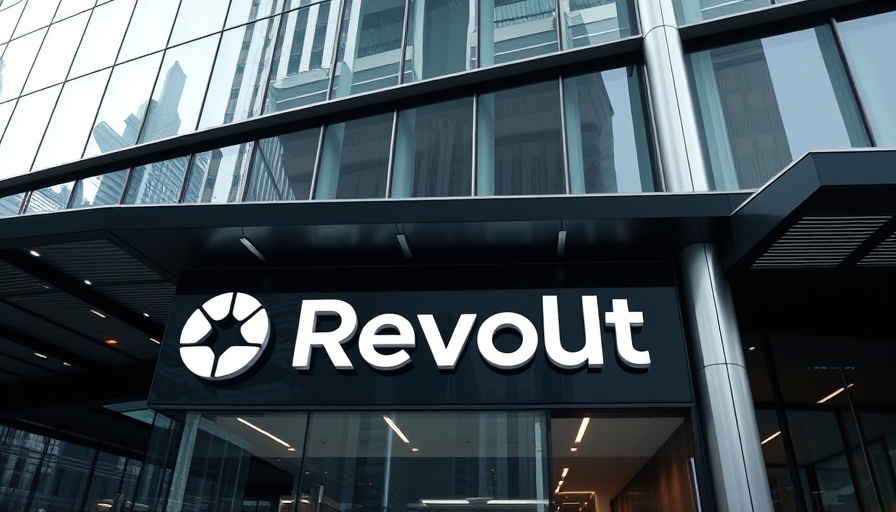
The Expanding Footprint of Mistral AI in the Tech Landscape
Mistral AI is stepping into the limelight with ambitious plans to raise significant financing for its AI cloud service known as Mistral Compute. Reportedly, the company is in talks to secure up to $1 billion in equity financing, predominantly from MGX, and an additional hundreds of millions in debt from French banks. This financial maneuver is not solely a bid for funding; it's a strategic leap aimed at firmly establishing France's technological landscape in the ever-evolving field of artificial intelligence.
A Power Move: Building International Partnerships
This significant investment in AI is noteworthy as it strengthens the ties between France and the United Arab Emirates (UAE). Mistral AI, based in France, forming a partnership with UAE's MGX, signifies a growing collaboration in the AI arena, much like a chess game where countries position themselves for strategic advantages.
Adding a strong arm to this coalition is Nvidia, the heavyweight in graphics processing technology, which is on board to help Mistral develop next-generation AI cloud services. Their collaboration is not just an isolated initiative but part of a broader strategy to enhance Europe's ability in AI, positioning France as a leader in this domain. French President Emmanuel Macron aptly described this partnership as a “game changer,” and certainly, this sentiment is echoed within the corridors of innovation.
Mistral AI's Transformation Towards Vertical Integration
As Mistral transitions from being a mere model developer to a vertically integrated AI cloud provider, the company embraces a holistic approach. CEO Arthur Mensch elaborated on this evolution at the Viva Tech 2025 conference, emphasizing how the new software platform will operate on digital assets that the company is deploying. This expansive business model not only diversifies Mistral's revenue streams but is set to amplify its growth potential.
Recent Success and Implications for Future Ventures
The timeline for Mistral shows a trajectory of rapid growth; the company recently tripled its revenue in just 100 days, mainly driven by its European operations. While specific figures are often kept under wraps, it was reported that Mistral had revenues hitting around $30 million last year. As a business owner, witnessing such fast-paced growth within a tech company is an indicator of the robust demand for innovative solutions in AI.
This meteoric rise raises an intriguing question for those in similar industries: how can scaling operations effectively harness local and global financing avenues to drive growth? With technology trends rapidly changing, understanding how to navigate the finance landscape can set companies apart.
Why Business Owners Should Pay Attention
For business owners generating between $2M–$10M annually, the move by Mistral AI is not just news; it’s a signal to strategically leverage technology in operations. Are you seeking funding? Consider the pathways that AI and fintech can offer. As Mistral AI illustrates, the combination of AI advancement and international partnerships can lead to unprecedented growth opportunities.
Understanding the financial dynamics in your industry can help in decision-making regarding fund allocation. If Mistral can raise such significant financing, why shouldn't you explore the financing opportunities available in your sector?
Call to Action: Explore Your Funding Opportunities
If you’re interested in scaling your operations and understanding how AI impacts your industry, consider actively seeking funding avenues that align with your business goals. Whether it’s fintech innovations or digital currency trends, the potential exists for business owners ready to embrace the future.
 Add Row
Add Row  Add
Add 



Write A Comment